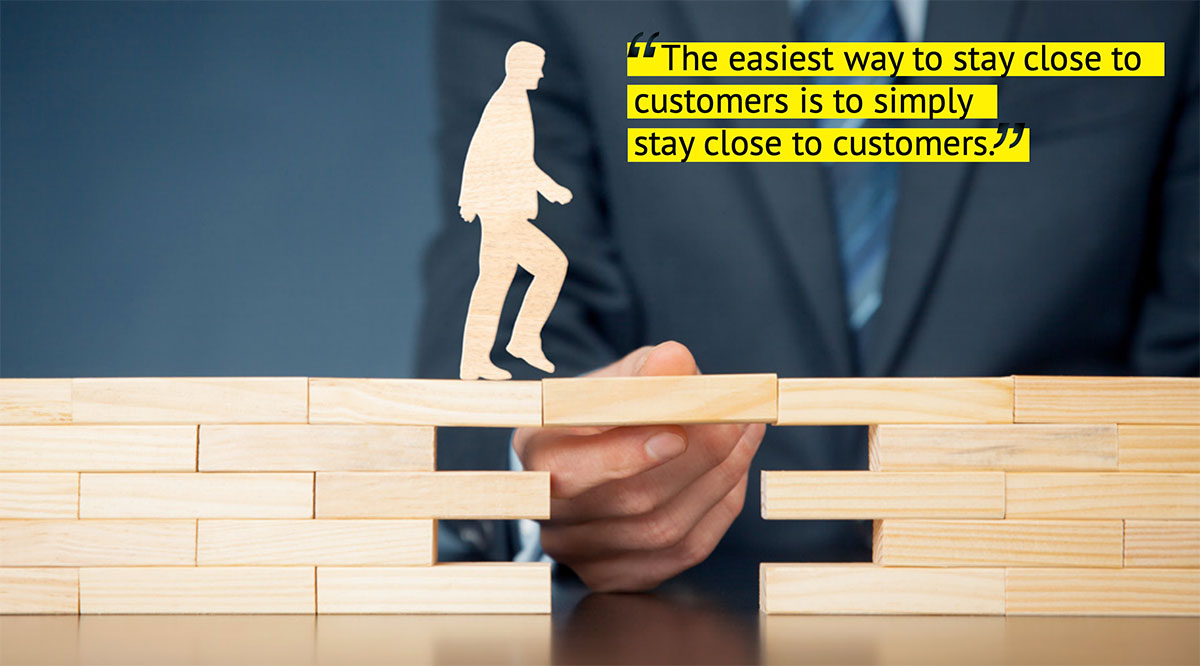
Losing customers costs money.
Primarily because earning new ones is a strain that is impossible to get used to.
And every day we wake up with the aim of finding new customers, despite the frustrations that we accumulate each night.
Care for our current customers, on the other hand, is so simple, that we often forget to even do it. The point I’m trying to make here is that, typically, once we have sold the product, it ends there. We send the technician for installation and we don’t worry about how our customer has experienced their product experience post-purchase.
The easiest way to stay close to customers is to simply stay close to customers.
Every company should know exactly how it is viewed externally by both its current and potential customers.
Of course, it is easier to start from existing customers, because we know them and they are very often available to help us.
The four pillars for correct Customer Portfolio Management must be seriously considered:
- How do we see our customers?
- Are we different from our customers’ expectations?
- Are we different from other companies?
- Are we different from what we have done in the past?
We must start by interviewing our customers to see how they perceive us externally.
After the sale, the technician goes to install. After installation, you need to carry out an interview – this can be a courtesy call or an email with a short question.
The first few questions should revolve around the technician: “How was my technician? Did they arrive on time? Did they instruct you on how everything works? Did they ensure that everything worked perfectly? Were they polite?”
In making these interviews you have to put yourself in the shoes of the customer. Make sure that what you are asking is relevant to them and their experiences with your business. Our attention to their needs restores their trust in us as a company.
In the cycle called “confidence,” there are 4 phases.
In the first phase of business confidence, the customer does not know us, so it makes sense that they would not trust us 100%. They may buy from us, they may not.
Let’s assume that they buy.
If the technician, the salesman and the administration has worked well, then the customer develops high expectations. A higher level of perception occurs, meaning the customer is satisfied.
If the customer already has confidence in us, then they will wait for the first mistake or inconvenience to question our service. However, if after the installation we fail to touch base, then during a first meeting with a competitor of ours, they may decide to change their supplier.
Interviewing our customers is a perfect way to build a trusting relationship between us and them; and remember, a happy customer, is a customer who is willing to buy again.